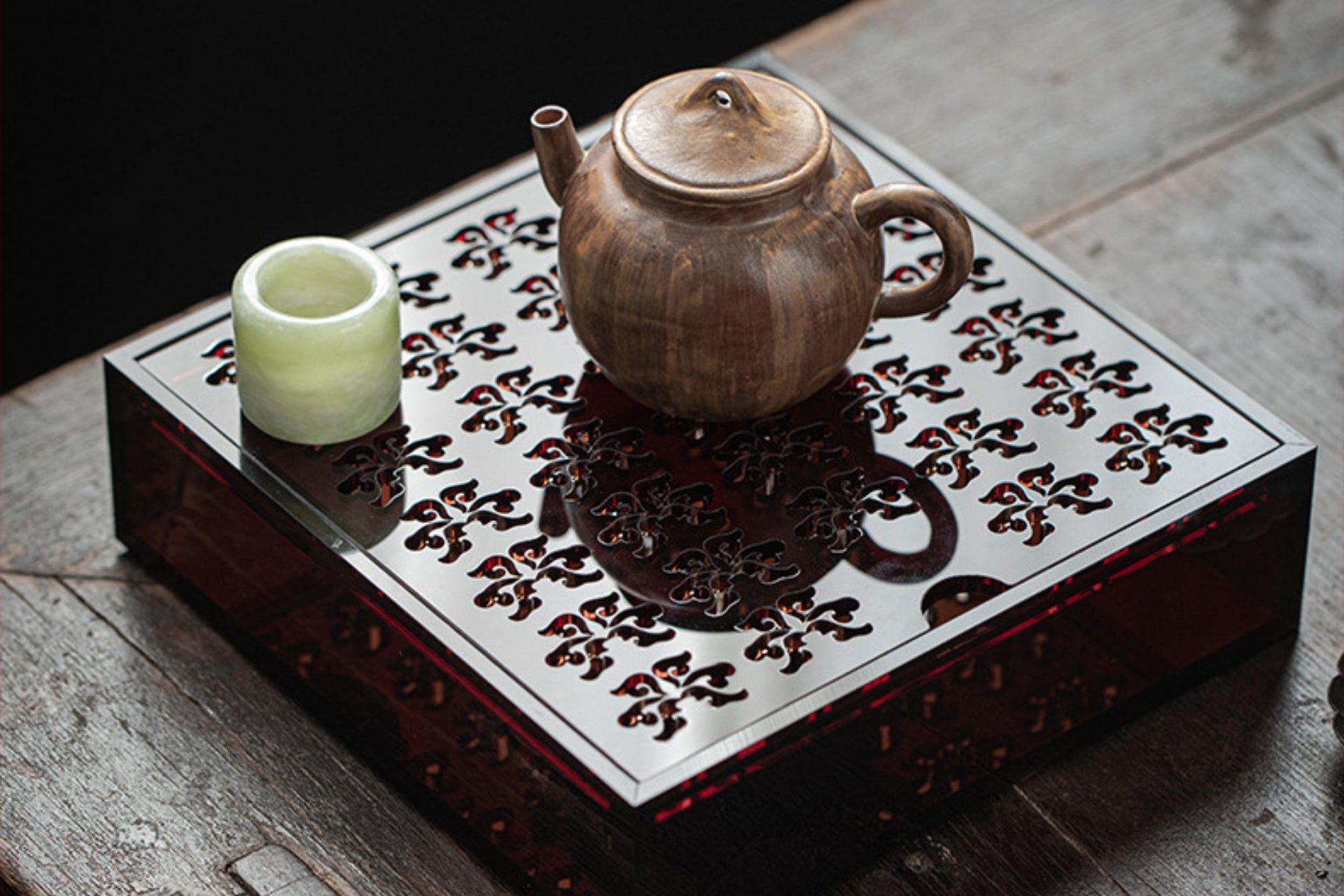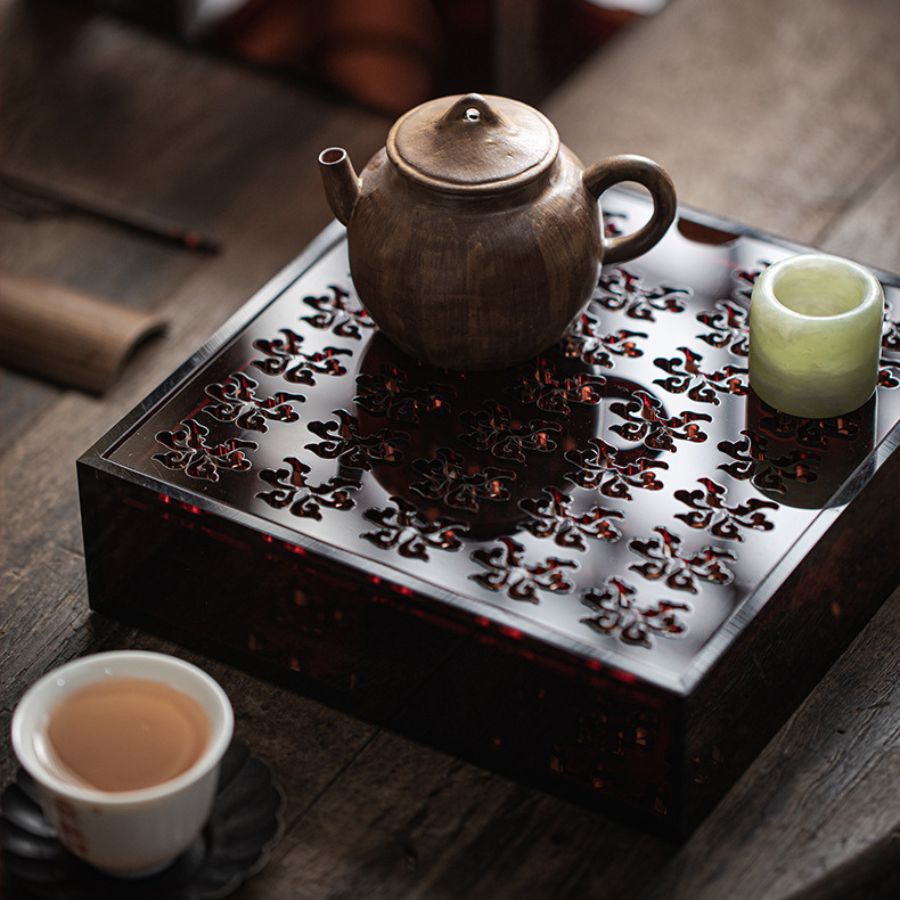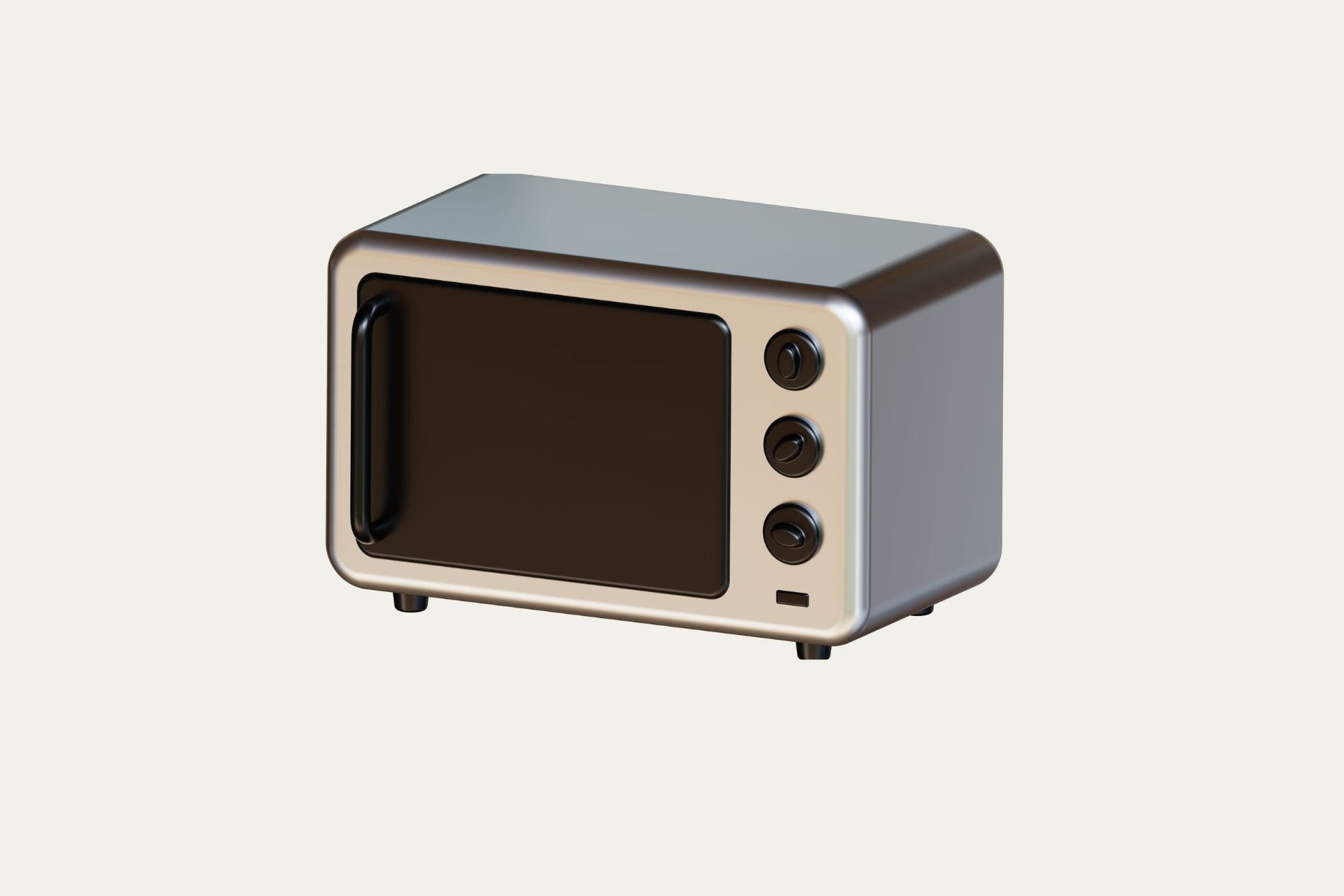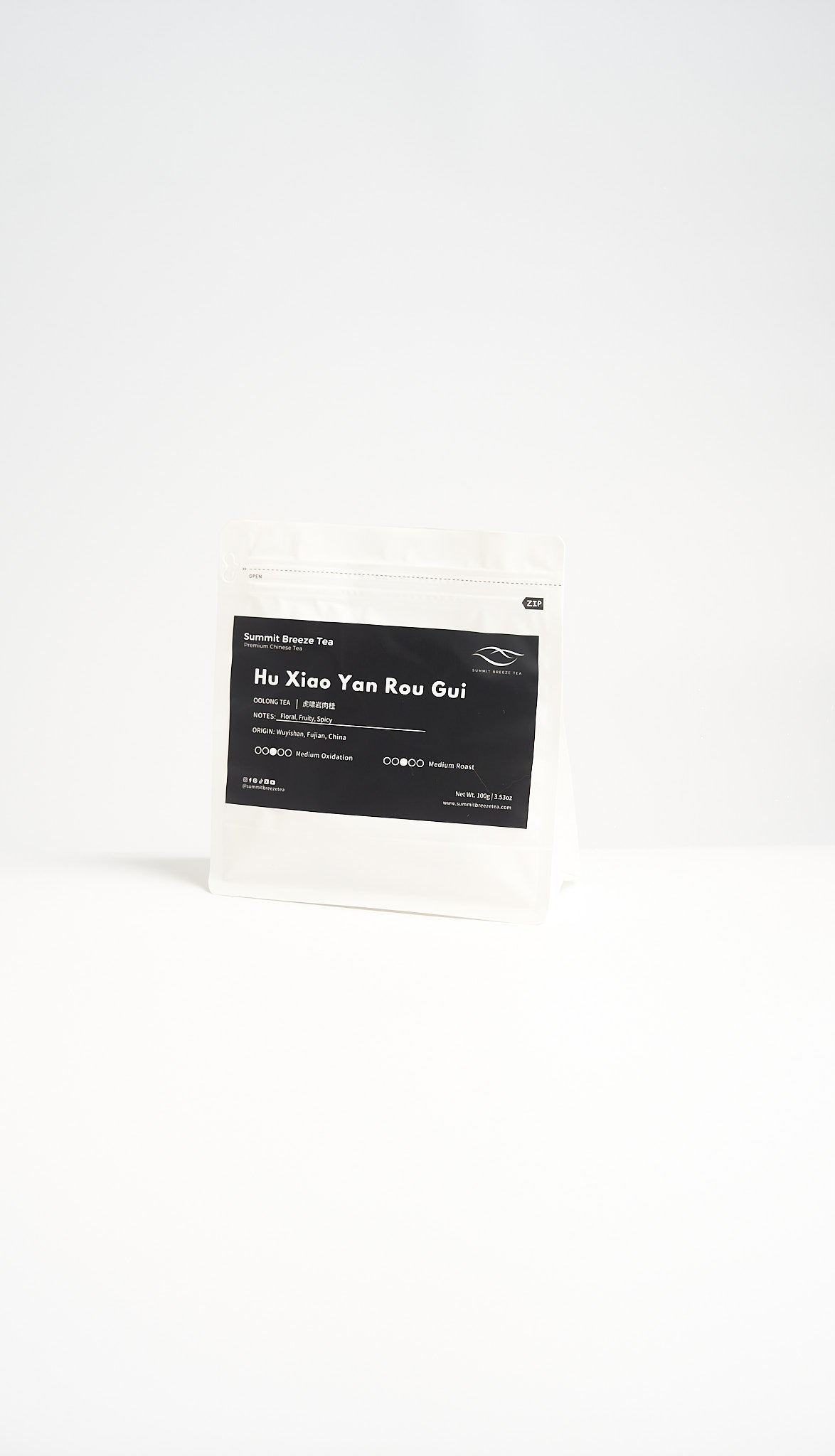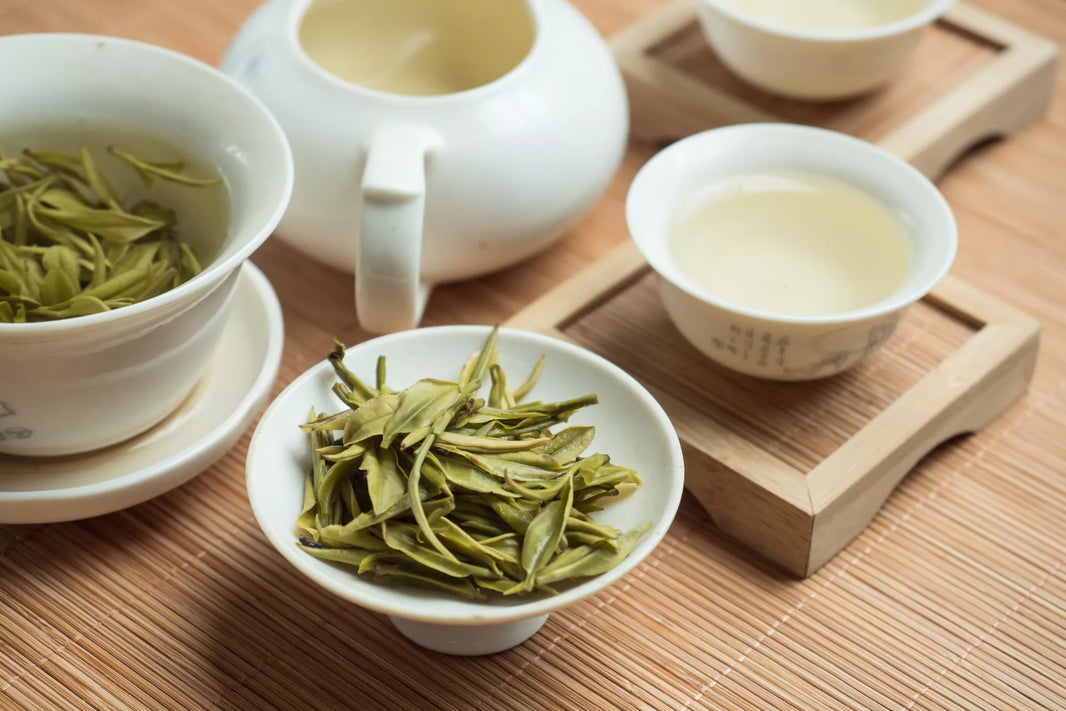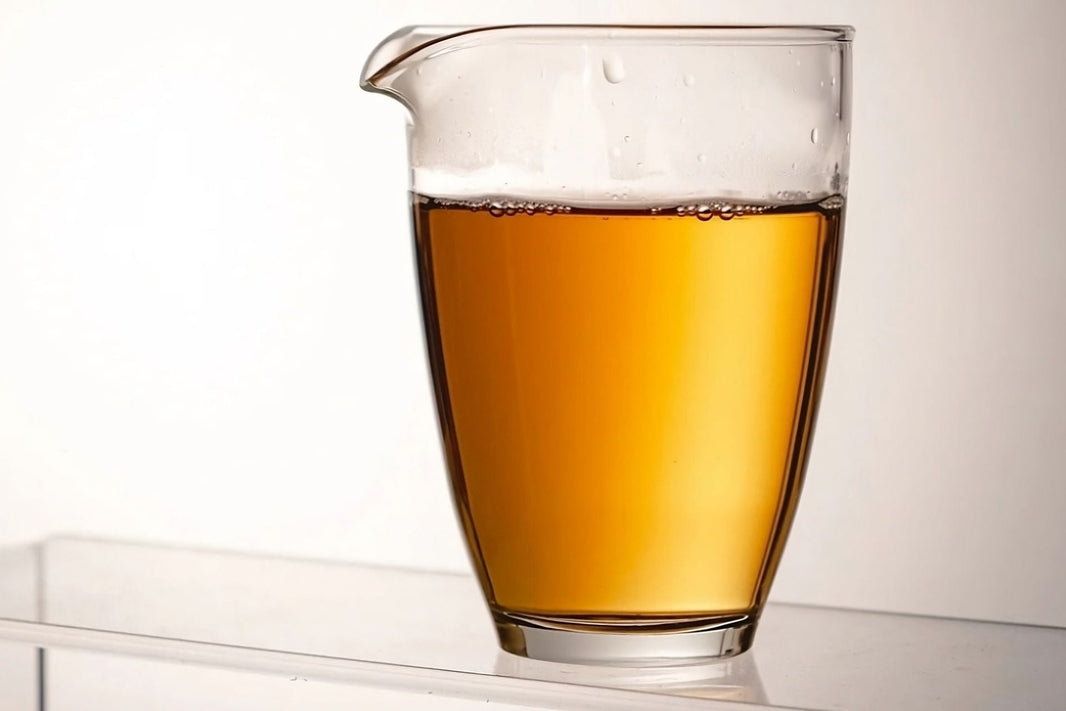Here's a quick microwave heating guide for different types of tea:
| Tea Type | Heating Time(High Power) | Tea Amount | Steeping Time |
|---|---|---|---|
| Green Tea | Heat for 45-60 seconds, stir, then heat for another 15-30 seconds | 2-3 Grams | 1-2 minutes |
| Black Tea | Heat for 1-1.5 minutes, stir, then heat for another 15-30 seconds | 2-3 Grams | 3-5 minutes |
| Oolong Tea | Heat for 1-1.5 minutes, stir, then heat for another 15-30 seconds | 3-4 Grams | 2-3 minutes |
| Herbal Tea | Heat for 1.5 minutes, stir, then heat for another 15-20 seconds | 2-4 Grams | 5-7 minutes |
| White Tea | Heat for 45-60 seconds, stir, then heat for another 10-15 seconds | 2-3 Grams | 2-3 minutes |
| Tea Bag | Heat for 1.5 minutes, stir, then heat for another 15-20 seconds | 1 Tea Bag | 3-5 minutes |
Microwaving tea can be a convenient option, but it can be risky if you don't do it right. This article shows you how to brew tea safely with a microwave.
Why a Microwave?
A microwave heats water by emitting microwaves that cause water molecules to vibrate. This vibration generates heat, warming the water directly. It skips the usual steps of heating the container and then the water. This makes the process faster and more efficient.
If you're in a country with 120V household voltage, like the U.S., electric kettles are usually less efficient compared to countries with 220V power, where it takes less time to boil the same amount of water.
The microwave is definitely the winner here, compared to traditional kettles or electric kettles.
A 2012 study has also suggests that microwaving tea can better activate the caffeine, amino acids, and antioxidants in tea. Drinking microwaved tea three times a day may even offer health benefits.
Potential Risks and Downsides of Microwaving Tea
While microwaving tea seems convenient, it's not ideal for all types of tea. For example, Oolong tea needs high temperatures to release its floral and fruity notes. It's hard to control the temperature with a microwave. In that case, traditional brewing methods like Gongfu tea might be a better option.
There are also the following drawbacks to using a microwave to heat water for tea:
- Superheating: Water in a microwave can exceed the boiling point without boiling visibly (i.e., no bubbles), and when you add tea or stir the water, it can suddenly boil, potentially causing the container to break and splashing hot water, which could burn you.
- Absorbing Food Odors: Since microwaves are often used for heating food, the tea may absorb food odors, which could affect its taste and aroma.
- Uneven Heating: Microwaves can heat water unevenly, making it hard to control the temperature. Since different teas need specific temperatures to bring out their best flavor, a microwave might not be the best choice for every type of tea.
- Container Safety: Using the wrong type of container can lead to cracks or explosions, creating safety hazards.
How to Brew Tea in a Microwave the Right Way
Although using a microwave to brew tea has these drawbacks, as long as you follow the tips below, you can still make a good cup of tea safely.
To start with, make sure you have the right container—a thick glass cup or mug that is microwave-safe.
Next, follow these steps to control the right water temperature using the microwave, using 8 ounces (240ml) water as an example:
Green Tea
- Heating Time: Use high power, put water in heat for 45 seconds to 1 minute, stir, then heat for another 15-30 seconds.
- Tea Amount: 2-3 Grams
- Steeping Time: Add tea once the water is ready and steep for 1-2 minutes.
- Note: Green tea is delicate, and too high a temperature can make it bitter. Heating for about 1 minute and 30 seconds will bring the water to a temperature of around 176-185°F which is perfect for green tea.
Black Tea
- Heating Time: Use high power, heat for 1-1.5 minutes, stir, then heat for another 15-30 seconds.
- Tea Amount: 2-3 Grams
- Steeping Time: Add tea once the water is ready and steep for 3-5 minutes.
- Note: Black tea can handle higher temperatures, so near-boiling water (around 194-203°F) is ideal to bring out its full aroma and robust flavor.
Oolong Tea
- Heating Time: Use high power, heat for 1-1.5 minutes, stir, then heat for another 15-30 seconds.
- Tea Amount: 3-4 Grams
- Steeping Time: Add oolong tea, steep for 2-3 minutes.
- Note: Oolong tea is best brewed at higher temperatures (above 194°F) to fully release its rich aroma and flavor.
Herbal Tea
- Heating Time: Use high power, heat for 1.5 minutes, stir, then heat for another 15-20 seconds.
- Tea Amount: 2-4 Grams
- Steeping Time: Steep for 5-7 minutes.
- Note: Herbal teas don’t require as high a temperature, and water at 176-194°F will release the delicate aromas and flavors. Longer steeping times are generally recommended.
White Tea
- Heating Time: Use high power, heat for 45 seconds to 1 minute, stir, then heat for another 10-15 seconds.
- Tea Amount: 2-3 Grams
- Steeping Time: Add loose white tea, steep for 1-2 minutes.
- Note: White tea is delicate and requires lower temperatures (around 167-176°F) to preserve its subtle, floral flavor.
Tea Bag
- Heating Time: Use high power, heat for 1.5 minutes, stir, then heat for another 15-20 seconds.
- Tea Amount: 1 Tea Bag
- Steeping Time: Add the tea bag, steep for 3-5 minutes.
Tips: To avoid uneven heating and superheating, always stir your water between heating sessions. You can also place a wooden stick in the container or use a thermometer to monitor the water temperature more accurately. This will help ensure you don’t accidentally overheat the water.


